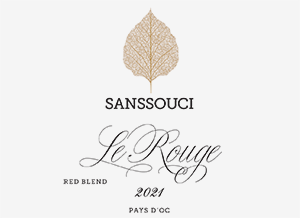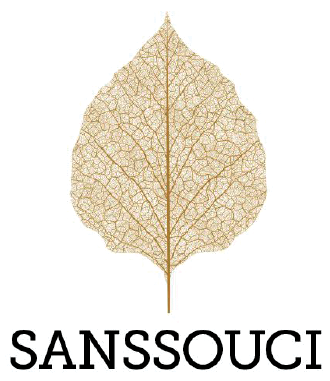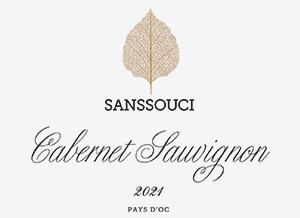
Le Rouge is a classic blend of Syrah and Grenache. It shows the lush red fruits and floral character that are typical of Grenache, together with the brambly blackberry and dark fruits of Syrah. The wine is concentrated and plush on the palate, with juicy persistence. The Syrah is harvested from 20-year-old vines planted on hillsides in three areas of the Languedoc: the deep alluvial soils of the Nîmes region, near the Rhône Valley; the heavy limestone soils of the Béziers plain; and the lighter limestone soils of the Aude Valley. The Grenache is from two sites: a mid-slope site in the Pézenas area northwest of Béziers; and a calcareous site in Minervois.
2021 Sales Tools


